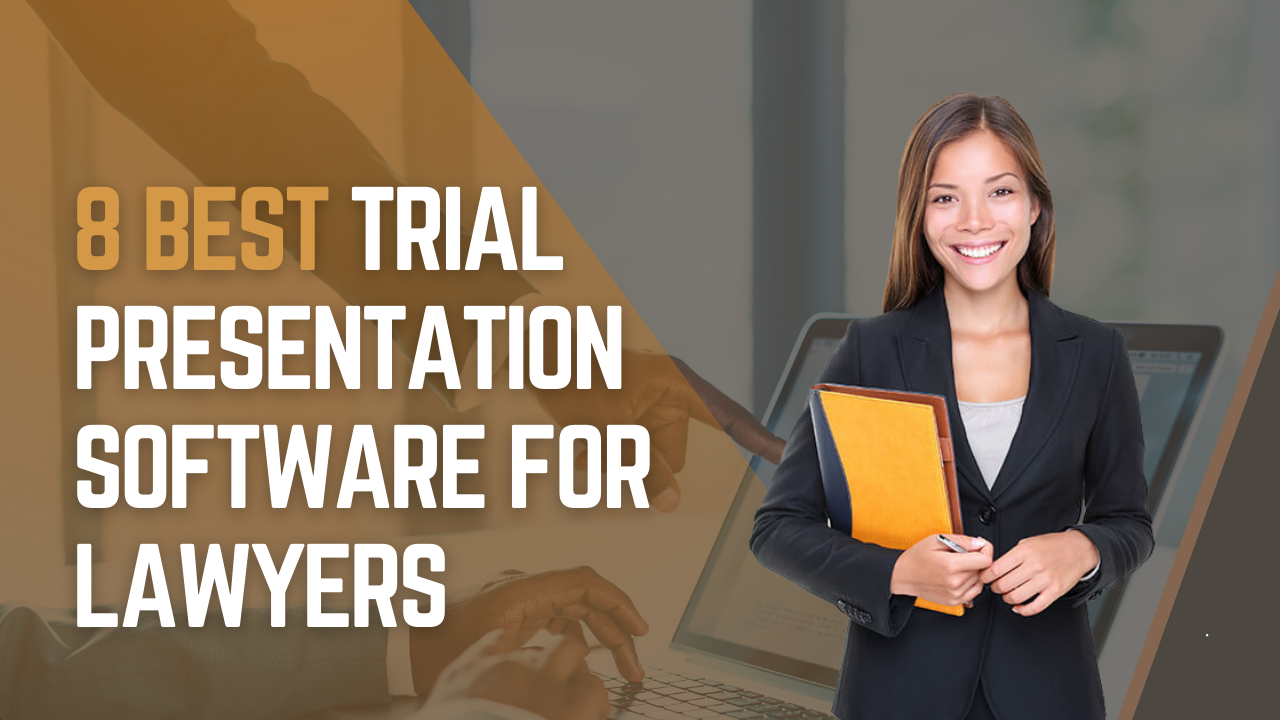The Duty of Aesthetic Aids in Successful Trial Presentations: An Overview for Lawyer
The Duty of Aesthetic Aids in Successful Trial Presentations: An Overview for Lawyer
Blog Article
Navigating the Complexities of Test Presentations: Tips for Seamless Delivery and Compelling Disagreements
In the realm of legal procedures, the art of trial discussion stands as an essential factor of success. The intricacies fundamental in trial discussions need a fragile equilibrium of finesse, skill, and method.

Understanding Trial Goals
To efficiently navigate a test, it is essential to have a clear understanding of the goals that need to be accomplished. Before entering the court room, legal teams have to specify their objectives and desired end results. These objectives work as directing concepts throughout the test, forming methods and influencing decision-making processes.
Understanding trial objectives includes a thorough analysis of the case, legal precedents, and the customer's ideal passions. Trial Presentations. It requires a thorough examination of the truths, identifying vital concerns, and expecting possible difficulties. By establishing specific and quantifiable objectives, attorneys can tailor their debates and presentations to line up with the wanted outcomes
In addition, a clear understanding of test objectives allows legal groups to prioritize evidence, witnesses, and legal debates efficiently. It enables for the advancement of a coherent story that reverberates with the discretionary, enhancing the overall situation presentation.

Organizing Proof Properly
Having a clear understanding of trial goals lays the structure for arranging proof successfully in lawful procedures. By straightening the presentation of evidence with the desired results of the trial, legal groups can strengthen their debates and enhance their persuasiveness.
Another crucial element in organizing proof efficiently is establishing a sensible circulation. Presenting proof in a consecutive and coherent way can help construct a compelling narrative that sustains the lawful arguments being made. In addition, making use of visual help such as timelines, charts, or graphs can additionally enhance the company of evidence and aid in making clear complicated connections or sequences of occasions.
Furthermore, ensuring that all proof provided is pertinent and permissible to the case is vital. Pointless or inadmissible proof can diminish the strength of the disagreement and potentially hurt the reputation of the here and now party. A More about the author precise evaluation and choice procedure need to be taken on to consist of only the most legally sound and impactful evidence in the test discussion.
Crafting Persuasive Narratives
Crafting engaging narratives plays an essential function in providing convincing disagreements during legal proceedings. When constructing a narrative for a trial discussion, it is crucial to establish a clear storyline that highlights vital points and links them in a meaningful fashion. By weaving check out here with each other proof, statement, and lawful disagreements into a convincing and cohesive story, lawful experts can efficiently advocate for their customers and enhance the probability of a desirable end result in the courtroom.
Understanding Aesthetic Help
Reliable use of aesthetic help is vital to improving the impact and quality of test presentations. Visual aids, when used purposefully, have the power to simplify intricate details, enhance bottom lines, and leave a lasting perception on the discretionary. To master visual help in test discussions, it is essential to make sure that they are clear, concise, and relevant to the debates being made.
When integrating visual help, such as charts, timelines, pictures, or charts, right into a trial presentation, it is vital to maintain them aesthetically appealing yet professional. The visuals should match the spoken arguments, giving a graph of the information being gone over without frustrating the target market with unnecessary details.
Furthermore, exercising with the aesthetic aids in advance is essential to make certain a seamless shipment during the test. Acquainting oneself with the material, transitions, and timings of each visual help can help keep the about his circulation of the discussion and prevent technical problems that may arise.
Providing Impactful Closing Arguments
A compelling closing debate serves as the end result of a test presentation, enveloping the core narrative and persuading the court and jury in the direction of a positive decision. Begin by detailing the primary disagreements that sustain your client's placement, highlighting why the proof presented throughout the test sustains your narrative.
In addition, incorporating psychological charm can additionally reinforce your closing disagreement. Eventually, a well-crafted closing argument ought to leave a long-term impression, compelling the judge and court to rule in your customer's support.
Final Thought
To conclude, mastering test presentations includes understanding goals, arranging proof, crafting narratives, making use of aesthetic help, and supplying impactful closing debates. By applying these approaches effectively, lawyers can offer their situation flawlessly and make compelling arguments in the court room. It is important to browse the intricacies of test discussions with precision and ability to accomplish success in legal procedures.
By straightening the presentation of proof with the preferred results of the trial, legal groups can enhance their disagreements and enhance their persuasiveness (Trial Presentations). To master aesthetic help in test presentations, it is important to ensure that they are clear, succinct, and appropriate to the disagreements being made
A compelling closing argument serves as the end result of a test discussion, enveloping the core story and encouraging the judge and jury in the direction of a positive decision. Begin by laying out the primary arguments that support your customer's placement, emphasizing why the evidence presented throughout the trial sustains your story.In conclusion, mastering trial presentations includes understanding goals, arranging evidence, crafting stories, using aesthetic aids, and delivering impactful closing debates.
Report this page